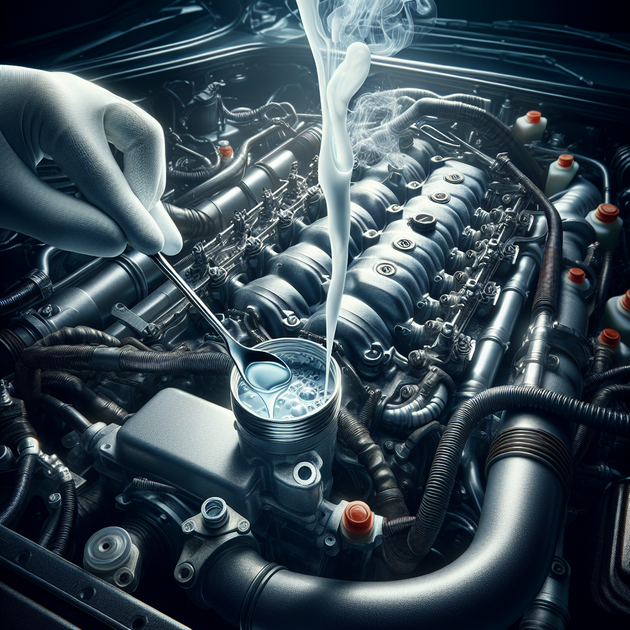Crack Engine or Head Gasket Blown? How to Tell the Difference
Is your car overheating, billowing white smoke, or leaking strange fluids? Many drivers panic when these symptoms pop up, but is it a crack engine or head gasket blown? The difference can mean thousands of dollars—and knowing the signs can help you avoid a costly mistake.
What’s the Difference Between a Cracked Engine and a Blown Head Gasket?
Both a cracked engine and a blown head gasket can cause similar symptoms, but they’re very different problems. The head gasket sits between your engine block and cylinder head, keeping oil and coolant separate. If it fails (blown head gasket), these fluids can mix and cause all sorts of trouble. A cracked engine, on the other hand, means the metal of the engine block or cylinder head itself has split—usually from extreme heat or stress.
Here’s a quick breakdown:
- Blown head gasket: Seals fail, fluids mix, and pressure is lost.
- Cracked engine: The engine’s metal has fractured, which can allow coolant or oil to leak directly into places it shouldn’t.
Common Symptoms: Crack Engine vs Head Gasket Blown
Certain clues can help you figure out which problem your car has. Here’s what to look for:
- White smoke from exhaust: Often caused by coolant burning in the engine, which can happen with both issues.
- Milky oil (looks like chocolate milk): Usually means coolant is mixing with oil, more common with a blown head gasket but can happen with a cracked engine too.
- Engine overheating: Both problems can cause this, but a cracked engine often leads to quicker, more severe overheating.
- Coolant loss without visible leaks: Coolant disappearing could mean it’s leaking into the engine, either from a blown head gasket or a crack.
- Bubbles in the radiator or coolant reservoir: A classic sign of a blown head gasket letting combustion gases into the cooling system.
- External leaks: Cracks in the engine block sometimes cause visible coolant or oil leaks on the outside.
Simple Tests You Can Do at Home
You don’t always need a mechanic right away. Try these simple checks:
- Check your oil dipstick: If the oil looks milky, coolant is probably getting in.
- Look for white smoke: Watch your exhaust—white, sweet-smelling smoke means burning coolant.
- Inspect for leaks: Look under your car for puddles or drips of coolant or oil.
- Compression test: If you’re handy, a compression test can reveal if a cylinder isn’t sealing properly (often a head gasket issue).
- Cooling system pressure test: This test can show if the system can’t hold pressure, which could be from a crack or gasket failure.
Anecdote: When a Blown Head Gasket Wasn’t the Only Problem
A friend once brought in an older sedan with overheating and white smoke—classic blown head gasket signs. After replacing the gasket, the car still ran hot and lost coolant. Turns out, the engine block had a small crack that only showed up when the engine was hot. Sometimes, both problems can happen at once, making diagnosis tricky and repairs expensive.
Repair Costs: What to Expect
Here’s the hard truth: a blown head gasket is usually cheaper to fix than a crack engine. Head gasket jobs can run anywhere from $1,000 to $2,500 depending on the car. A cracked engine may require replacing major parts or even the whole engine, which can easily cost $3,000 or more. That’s why it’s so important to get the right diagnosis before spending money on repairs.
When to See a Mechanic
If you’ve done the basic checks and still aren’t sure, it’s time for expert help. Mechanics have tools like cylinder leak-down testers and dye kits to pinpoint the problem. Trying to guess or ignore the symptoms can turn a fixable problem into a much bigger one.
Wrapping Up: Crack Engine or Head Gasket Blown?
Spotting whether you have a crack engine or head gasket blown isn’t always simple, but a few key signs can point you in the right direction. Next time your car acts up, will you know what to look for—or will you head straight for the shop?

Leave a Reply